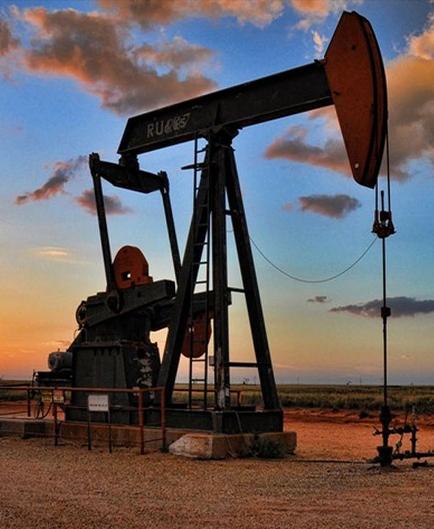- Afrikaans
- Albanian
- Amharic
- Arabic
- Armenian
- Azerbaijani
- Basque
- Belarusian
- Bengali
- Bosnian
- Bulgarian
- Catalan
- Cebuano
- Corsican
- Croatian
- Czech
- Danish
- Dutch
- English
- Esperanto
- Estonian
- Finnish
- French
- Frisian
- Galician
- Georgian
- German
- Greek
- Gujarati
- Haitian Creole
- hausa
- hawaiian
- Hebrew
- Hindi
- Miao
- Hungarian
- Icelandic
- igbo
- Indonesian
- irish
- Italian
- Japanese
- Javanese
- Kannada
- kazakh
- Khmer
- Rwandese
- Korean
- Kurdish
- Kyrgyz
- Lao
- Latin
- Latvian
- Lithuanian
- Luxembourgish
- Macedonian
- Malgashi
- Malay
- Malayalam
- Maltese
- Maori
- Marathi
- Mongolian
- Myanmar
- Nepali
- Norwegian
- Norwegian
- Occitan
- Pashto
- Persian
- Polish
- Portuguese
- Punjabi
- Romanian
- Russian
- Samoan
- Scottish Gaelic
- Serbian
- Sesotho
- Shona
- Sindhi
- Sinhala
- Slovak
- Slovenian
- Somali
- Spanish
- Sundanese
- Swahili
- Swedish
- Tagalog
- Tajik
- Tamil
- Tatar
- Telugu
- Thai
- Turkish
- Turkmen
- Ukrainian
- Urdu
- Uighur
- Uzbek
- Vietnamese
- Welsh
- Bantu
- Yiddish
- Yoruba
- Zulu
Understanding the Importance of Tubing and Casing in Oil and Gas Operations
Tubing and Casing Essential Components in Oil and Gas Wells
In the oil and gas industry, the terms tubing and casing are fundamental components in the construction and operation of wells
. Both serve critical roles in ensuring the efficient extraction of hydrocarbons while providing safety and stability to the well structure.Casing primarily refers to large diameter pipes that are installed in the wellbore after drilling. It serves to stabilize the well, prevent the collapse of the borehole, and protect the freshwater zones from contamination by hydrocarbons or other fluids. Different layers of casing are often installed as the drilling progresses deeper into the earth. The first section, known as the surface casing, typically extends to a few hundred feet below the surface and is designed to isolate the well from surface conditions. Below this lies the production casing, which allows for the transportation of oil and gas to the surface.
The casing is usually cemented in place, creating a seal that maximizes safety and minimizes the movement of fluids between geologic formations. This cementing process is crucial as it prevents leakage of hydrocarbons into freshwater aquifers, thereby protecting the environment and ensuring compliance with regulatory standards.
tubing and casing

On the other hand, tubing refers to smaller diameter pipes that are inserted into the casing after the well has been completed. The tubing's primary function is to facilitate the flow of oil and gas from the reservoir to the surface. Unlike casing, which remains permanently in place, tubing can be pulled out for maintenance or replacement as production conditions change or if the well requires servicing.
One distinct feature of tubing is that it allows for the introduction of artificial lift systems, such as sucker rod pumping or gas lift, which are necessary for enhancing the production rate of the well. The choice of material for both casing and tubing—typically steel or corrosion-resistant alloys—depends on the specific conditions encountered within the well, including temperature, pressure, and fluid composition.
In conclusion, tubing and casing are integral to the safe and efficient extraction of oil and gas. Their design and installation require careful planning, engineering expertise, and adherence to regulatory standards to protect both the environment and the resources being harvested. As technology advances, the methods and materials used in tubing and casing also evolve, promising greater efficiency and sustainability in the energy sector.
-
Tubing Pup Joints: Essential Components for Oil and Gas OperationsNewsJul.10,2025
-
Pup Joints: Essential Components for Reliable Drilling OperationsNewsJul.10,2025
-
Pipe Couplings: Connecting Your World EfficientlyNewsJul.10,2025
-
Mastering Oilfield Operations with Quality Tubing and CasingNewsJul.10,2025
-
High-Quality Casing Couplings for Every NeedNewsJul.10,2025
-
Boost Your Drilling Efficiency with Premium Crossover Tools & Seating NipplesNewsJul.10,2025







